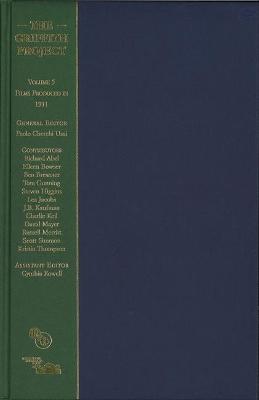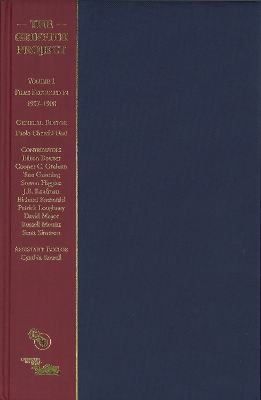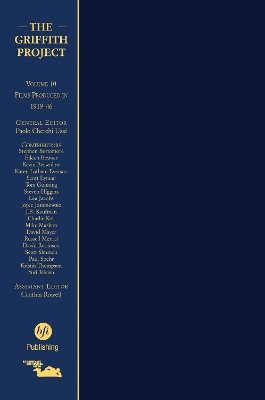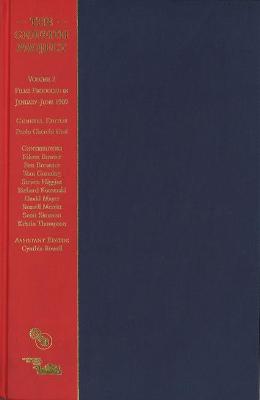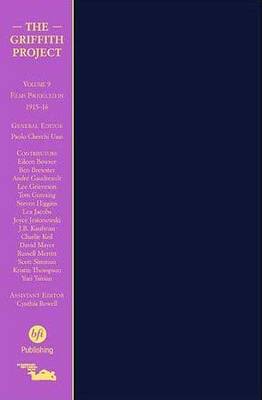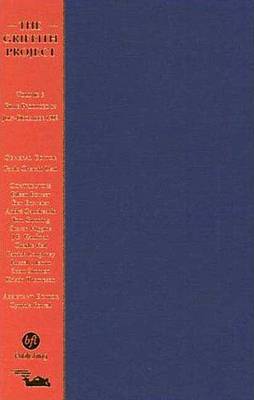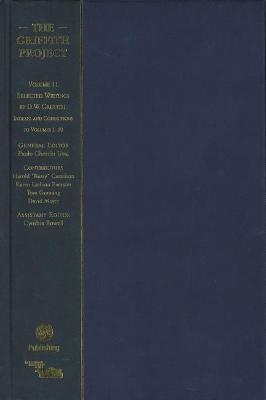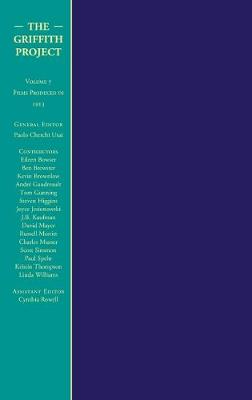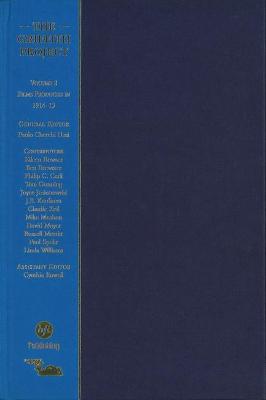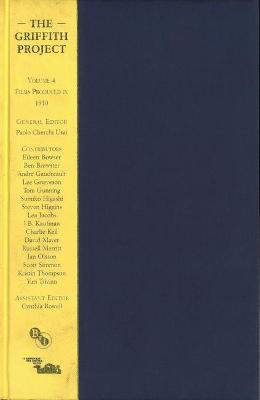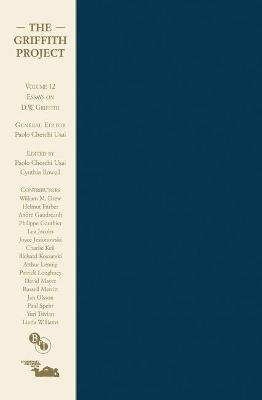The Griffith Project Vols 1-12
12 total works
Paolo Cherchi Usai, General Editor
Volume 12: Essays on D.W. Griffith
Edited by Paolo Cherchi Usai and Cynthia Rowell
With contributions by
William M. Drew, Helmut Färber, André Gaudreault, Philippe Gauthier, Lea Jacobs, Joyce Jesionowski, Charlie Keil, Richard Koszarski, Arthur Lennig, Pat Loughney, David Mayer, Russell Merritt, Jan Olsson, Paul Spehr, Yuri Tsivian, Linda Williams
In early 1996, an international group of 35 specialists in silent cinema volunteered to write commentaries on more than six hundred films directed, written, produced and supervised by D.W. Griffith – or featuring him as a performer – for the eleven-volume series The Griffith Project, the largest monograph ever assembled on an individual film director, in conjunction with the massive retrospective held at the Pordenone Silent Film Festival from 1996 to 2008. All authors involved in The Griffith Project were bound to strict editorial rules, most notably the fact that all titles in the series would be assigned to them in pre-determined groups rather than as a result of their own individual preference for this or that specific entry.
The patience and commitment demonstrated by all scholars in this endeavor requires at least a symbolic recognition. We therefore invited the members of the project team to write an essay on a (D.W. Griffith-related) topic of their own choice. The papers included in this volume constitute the response to our carte blanche invitation. Our offer was also extended to other experts on D.W. Griffith who, for various reasons, were unable to participate in The Griffith Project but consistently supported it with their generous advice and insight.
This volume brings The Griffith Project to completion, as 2008 sees the last installment of the D.W. Griffith program at the Pordenone Silent Film Festival with the screening of his films produced between 1925 and 1931. Not surprisingly, twelve years of research on D.W. Griffith have unearthed an impressive wealth of knowledge but also an equally amazing array of new questions, certainly enough of them to fill several more volumes. Some of them (including the increasingly complex issue of D.W. Griffith's role as production supervisor) are only introduced or barely mentioned here, but we are confident that what we have called the 'Griffith Project' will continue – at the Giornate and elsewhere – with more research and newly found or preserved prints.
PAOLO CHERCHI USAI is Director of the National Film and Sound Archive of Australia. He is co-founder of the Pordenone Silent Film Festival and of the L. Jeffrey Selznick School of Film Preservation at George Eastman House (Rochester, New York). He directed the experimental feature film Passio (2007). His latest book is David Wark Griffith (Editrice Il Castoro, 2008).
